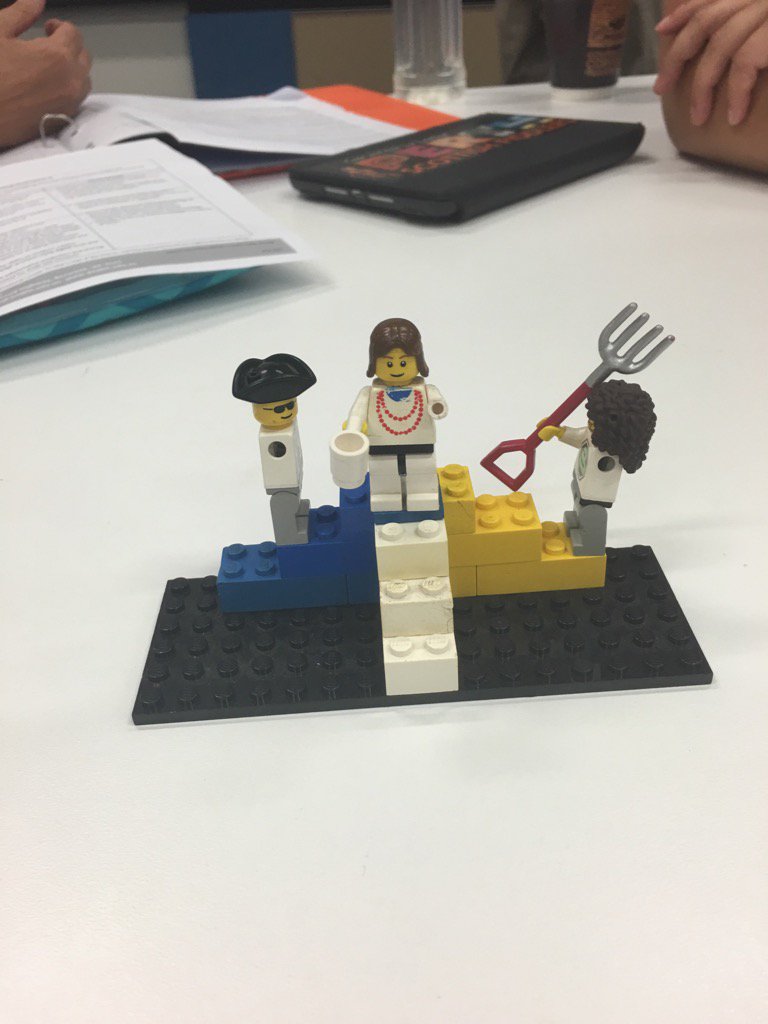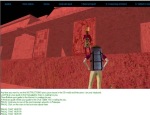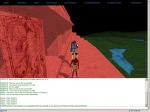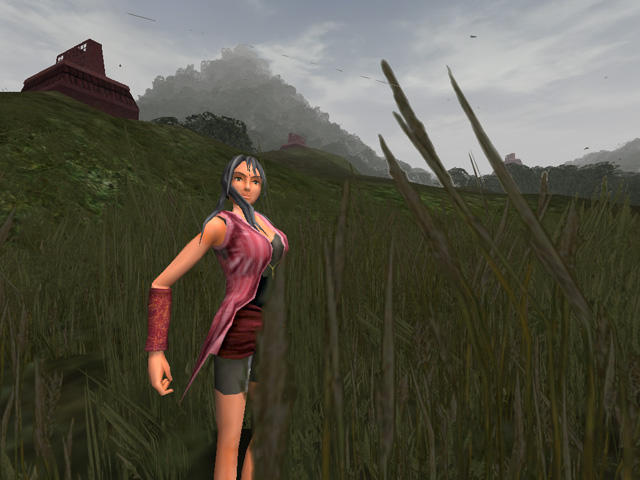Entertainment Computing, Elsevier: Special Issue on Entertainment in Serious Games and Entertaining Serious Purposes
Following the successful one-day workshop on “Entertainment in Serious Games and Entertaining Serious Purposes” (30/09/14) held at the International Conference on Entertainment Computing (ICEC 2014), in Sydney, Australia, we invite submissions to be considered for publication in a Special Issue of the journal of Entertainment Computing, Elsevier. Please refer to outline, instructions for submission, timelines and submission deadlines, and topics of interest, below.
Outline
The serious games community rightly argues that there’s more to serious games than entertainment, and restricting the focus to entertainment “seriously undersells its potential” (Jenkins 2006). Indeed, while a consensus definition of serious games still eludes us, serious games are often described as games designed for a primary purpose other than pure entertainment.
However, entertainment obviously has an important role to play, for example in contributing to the motivational and engaging qualities of serious games and making learning or serious elements more palatable. Why would anyone want to voluntarily play a serious game again and again for extended periods of time if it’s not entertaining? Furthermore, discussion around what is, and what is not, primary or secondary importance is not always helpful and can be problematic – because arguing that serious purpose is primary rejects many games and interactions whose entertaining element is the purpose – where purpose and entertainment are inextricably and synergistically linked. So arguments or distinctions along the lines of what’s more important, the serious purpose or entertainment, become blurred.
In addition, gameplay and interactions exhibiting this synergistic nature typically identify good design. Where entertainment and serious purpose meet, where purpose doesn’t overshadow entertainment (and vice versa) and ideally where players want to play voluntarily for hours on end, again and again, and in their own time.
Similar arguments are used with learning and development where learning with games is fun (e.g. Gee 2007). Other more obvious examples can be found in exergames and dance games where the mechanic of working out is entertaining and entertainment is a workout; or with interactive art and installations that provide a message or an experience that is entertaining. Similarly, other examples might include well-designed role-playing, interactive storytelling and performance where taking part in historical events, encounters with different social and cultural structures, or facing moral and ethical dilemmas and situations can be entertaining.
In this respect, entertainment and associated experiences can mean different things to different people and can involve elements or mixes of gameplay and interaction that is fun and exciting, through stimulating and thought provoking, to difficult, scary, or darker experiences that are pleasurable (Marsh and Costello 2012).
As more and more interactive entertainments (games, diversions and brain teasers) appear on social media and networking sites, it’s not difficult to foresee these offerings increasingly extending to serious purposes (learning, training and well-being); and in doing so perhaps signal an increased confidence in overcoming the failure surrounding the introduction of Edutainment in the 1990’s.
In this Special Issue of the journal Entertainment Computing we wish to highlight the importance of entertainment (in its various forms) in serious games irrespective of supporting technologies/platforms. The objective of this Special Issue is to bring together research, reviews, case studies, as well as details and experiences in the development of serious games and interactive media associated with entertainment in serious games and the synergy of serious purpose and entertainment in interactions and gameplay – where entertainment is the serious purpose and also where the synergy of purpose and entertainment identifies good design.
Topics of Interest
In particular, we seek submissions that focus on, or address (but not restricted to) the following topics:
- Theory & Discussion: synergies between entertainment and serious purpose(s). What is, and what is not entertainment? And what can entertaining serious purpose encapsulate?
- Mechanics, Mechanisms & Devices: creating/supporting synergies between entertainment and serious purpose.
- Design & Development: design for synergy; and where entertainment meets purpose – identifies good design.
- Analysis & Assessment: methods and approaches to evaluate synergy e.g. telemetry in-game analysis.
- Ethics: can entertainment trivialize a serious, sensitive or difficult topic?
- Acting and performing in games, simulations, virtual heritage, and documentary games – be part of historical events, experience different social and cultural structures; or encounter moral dilemmas & situations.
- Novel experimental games, environments and interactions e.g. persuasive, pervasive, mixed and augmented realities; interactive storytelling.
- Exergames, Interactive Art & Diversions: where the workout or the interchanges provide entertaining serious purposes.
Instructions for Submission
Your manuscript should be 10 or more pages in pdf format. Include all authors’ names, affiliations and contact details. The submission website for the journal of Entertainment Computing is located at: http://ees.elsevier.com/entcom/default.asp
Please ensure your manuscript is correctly identified for inclusion in this special issue by selecting SI: Serious Entertainment when you reach the “Article Type” step in the submission process. New authors to Entertainment Computing are required to pre-register before submission. All submissions will be reviewed by experts in areas associated with serious games and the topics of interest and include ICEC 2014 workshop organizers of Entertainment in Serious Games and Entertaining Serious Purposes, and members of the IFIP TC14.8 Working Group on Serious Games.
Important Dates
Submission Deadline 31 January 2015
Acceptance / Rejection 31 May 2015
Revision Submission 31 August 2015
Publication October / November 2015
Guest Editors
Tim Marsh, Griffith Film School, Queensland College of Art, Griffith University, Brisbane, Australia.
Erik Champion, Curtin University, Australia.
Helmut Hlavacs, University of Vienna, Austria.
Contact organizers at: seriousexperience [at] gmail.com
References
Henry Jenkins. 2006. Getting Serious About Games. http://henryjenkins.org/2006/07/getting_serious_about_games.html
John Paul Gee. 2007. Good Video Games Plus Good Learning, Peter Lang Publishing, Inc., New York.
Tim Marsh & Brigid Costello. 2012. Experience in serious games: between positive and serious experience, Serious Games Development & Applications, SGDA2012, Bremen, Germany.
http://www.seriousgames.sg/Papers/SeriousExperience_MarshCostello_SGDA2012.pdf






